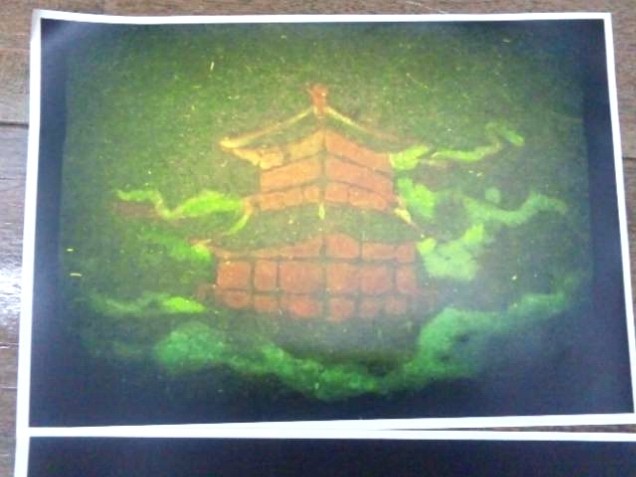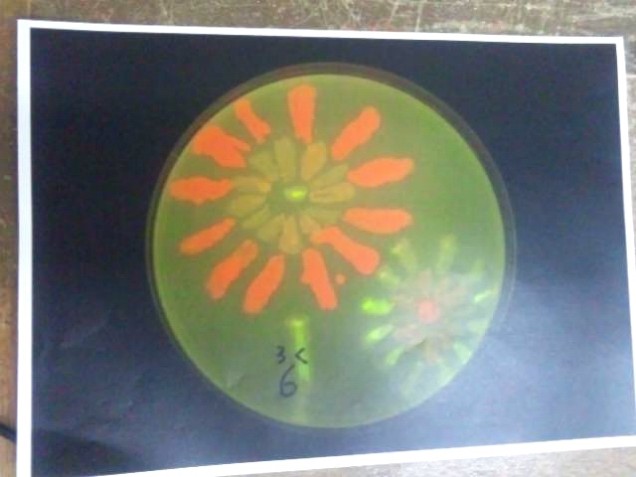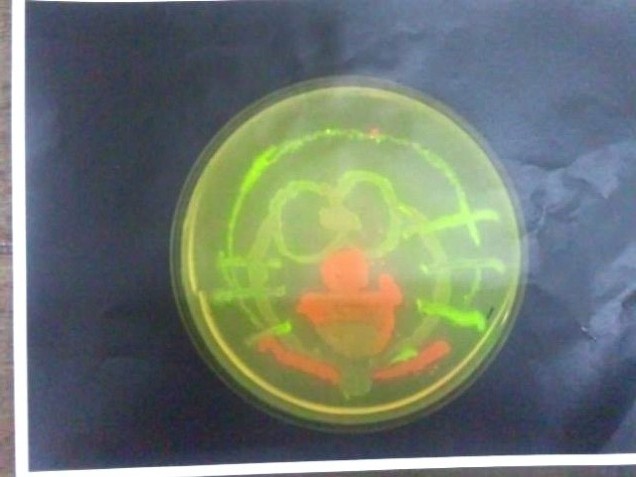Team:KIT-Kyoto/Human Practice
From 2011.igem.org
(Difference between revisions)
| Line 71: | Line 71: | ||
| | | | ||
:[ YES / NO ] | :[ YES / NO ] | ||
| + | |-style="background-color:transplanet;" | ||
| + | !9. What do you associate with [ radiation ]? (※Please circle all that apply) | ||
| + | |- style="background-color:transplanet;" | ||
| + | | | ||
| + | : [ Terrible / Cancer / Nuclear power plant / Useful / Wisdom of science / unnecessary / negative legacy / Little understand ] | ||
|} | |} | ||
| Line 86: | Line 91: | ||
:BBa_I20260 Measurement Kit Test of J23101 | :BBa_I20260 Measurement Kit Test of J23101 | ||
:BBa_K325909 Lux Operon (under pBAD) | :BBa_K325909 Lux Operon (under pBAD) | ||
| + | <BR> | ||
| + | :We conducted a survey widely targeted to public ranging from high school students to citizens in general with Osaka university. | ||
== Introduction the class of bioart == | == Introduction the class of bioart == | ||
Revision as of 06:20, 3 October 2011
 |

|
| Home | Team | Project | Parts | Notebook | Safety | Human Practice | Attributions |
|---|
| Home > Human Practice | Language:English/Japanese |
|---|
First
- Today, science alienation is still a big problem that transcends borders. Japan suffers of a similar alienation that poses a barrier towards further advancement of science and technology. In biology, genetic modification epitomizes the magnitude of this problem among people who regard synthetic technologies and sciences as “something strange”, or “something dangerous” in general. Whereas genetically modified foods are sold on the counter, consumers don't pick or choose food with labels. This results from the scarcity or lack of information on genetic modification on the part of the general public. Since a more rapid advancement of the field of life sciences is expected in the near future leading to more complicated technologies, information and communication will also become critical. Moreover, while we benefit from technology, this is increasingly becoming “a black box”. Unknown technology is not familiar any longer.
- Accordingly, to let people in Japan and in the world know about more information of genetic modification, we tried activities below.
A briefing for high school students
At the open campus in August(2011/08/10)
- We introduced iGEM and our activities. To make the lecture simple, we tried to avoid using technical terms.
- Besides, we displayed model organisms genetically modified, for example, Drosophila and E.coli. Students could see Drosophila mutants, both organisms were genetically modified. We aimed to make their understanding clear, and make them have a feeling of familiarity for genetic modification.
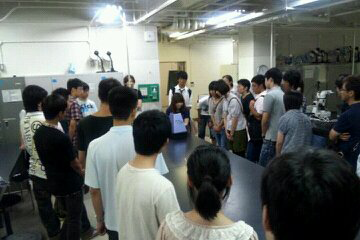
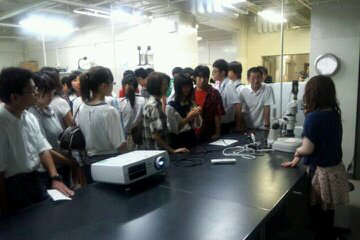
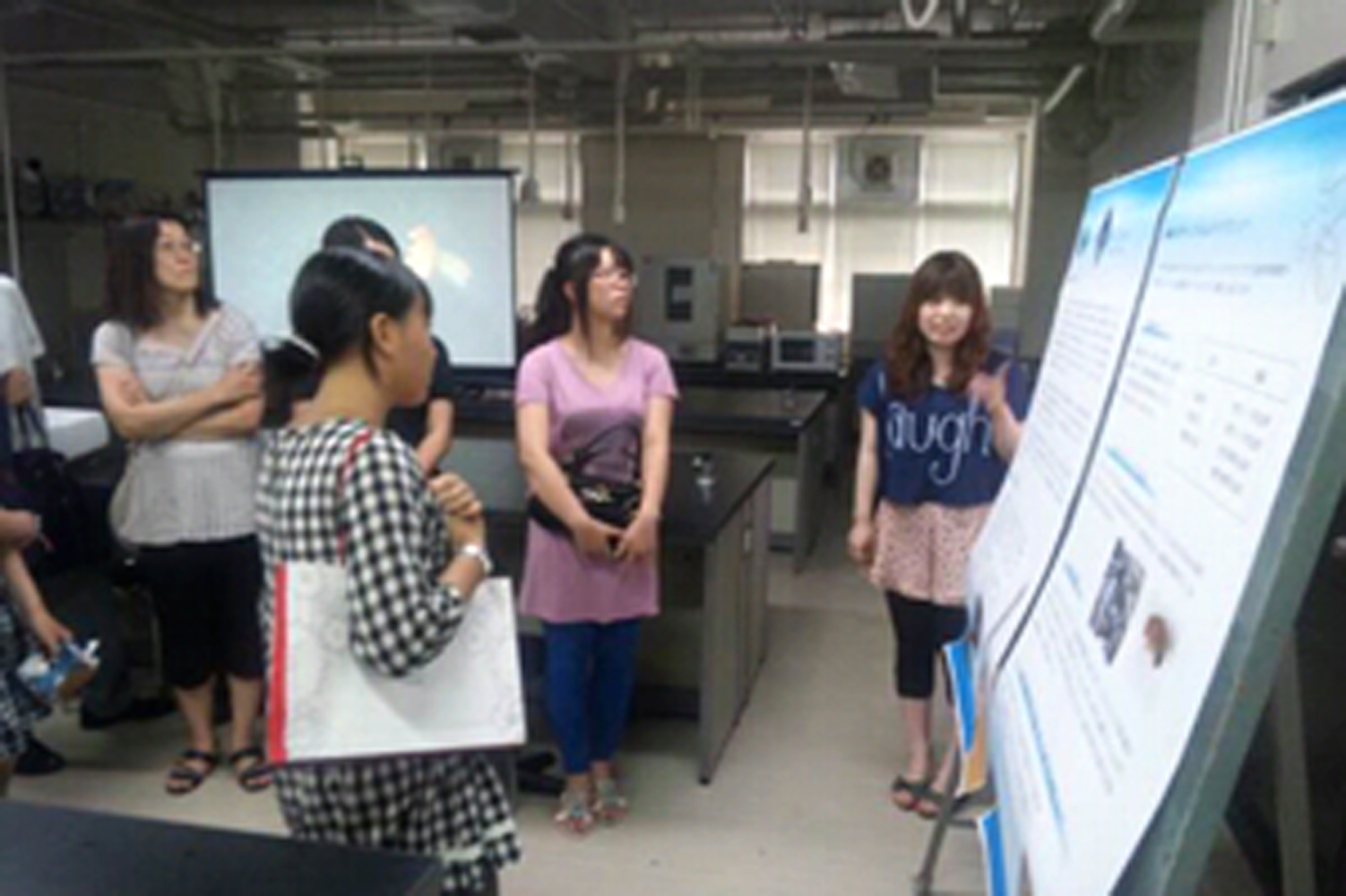
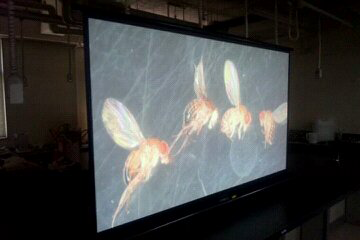
- Poster
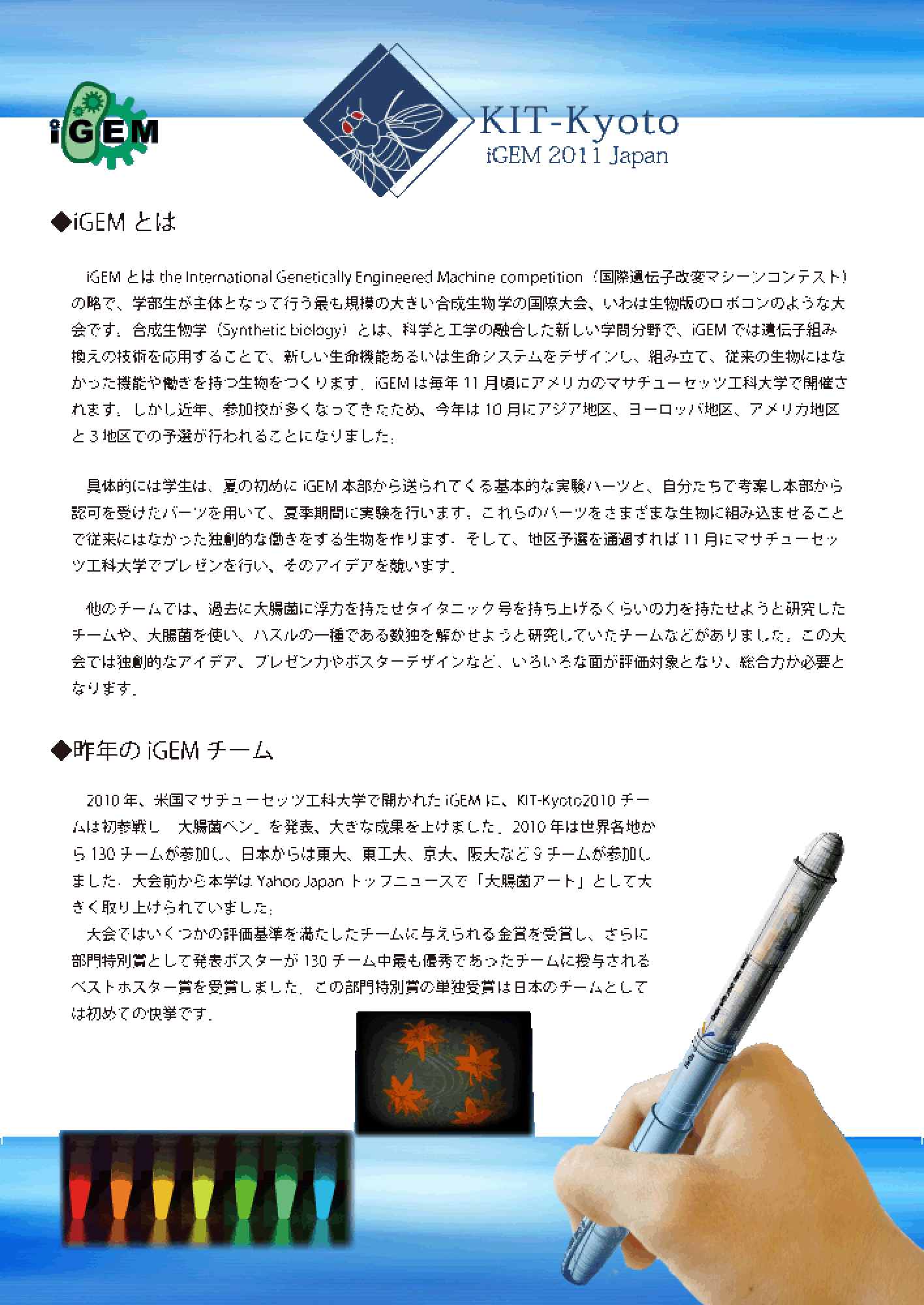
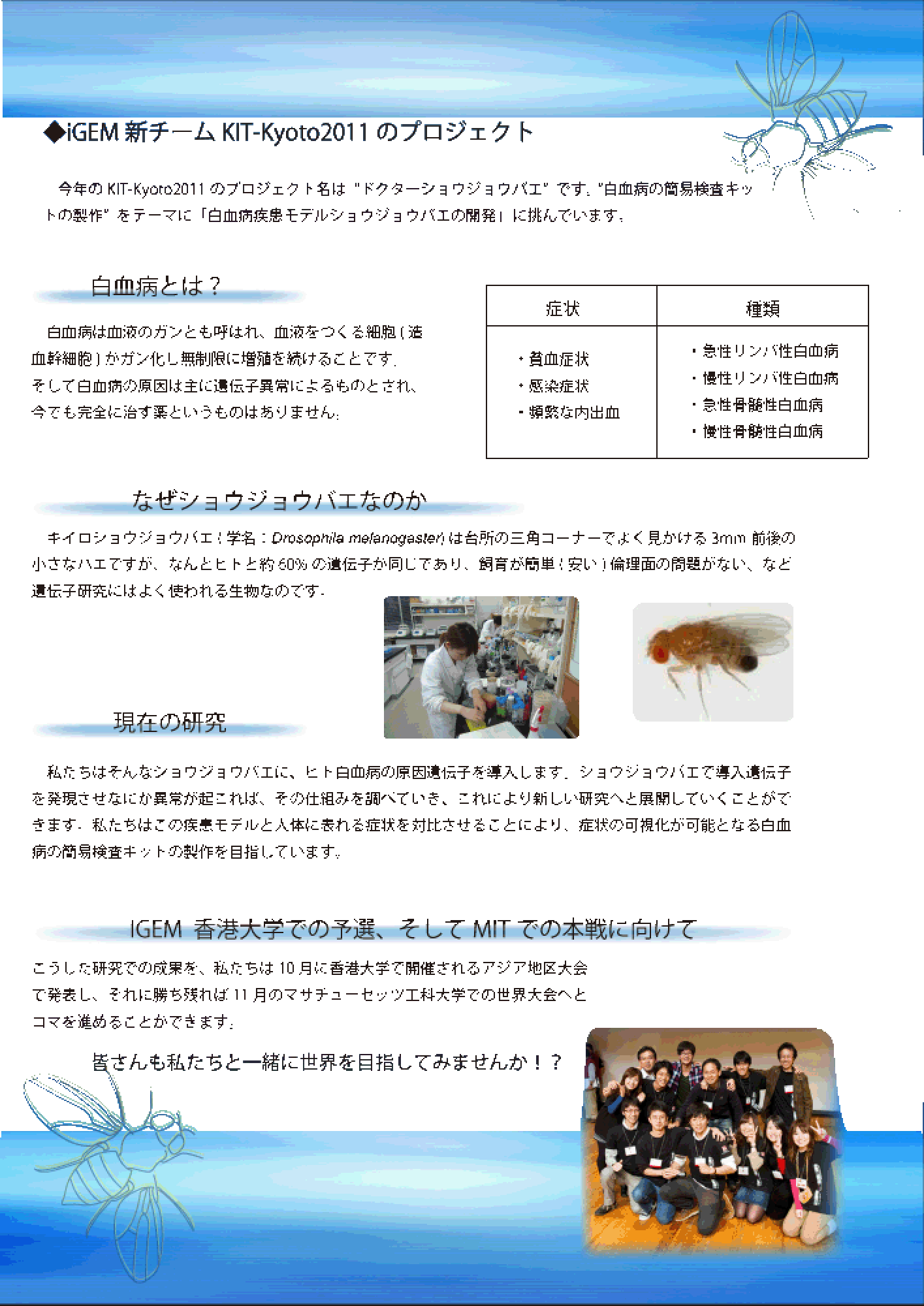
Questionnaire in our survey
- We conducted a survey widely targeted to public ranging from high school students to citizens in general with Osaka university. The objective of the survey are two things. One is to find how Japanese people feel or think about synthetic biology and its problems like bioethics or safety. The other is images of Drosophila and leukemia. We asked people who came not only from biology departments but also from various fields of study. We also asked visitors at the open campus mentioned above. Furthermore, we made it able to answer from website so that we could collect the answer from various classes.
The Questionnaire
| 1. When shopping, do you buy "not genetically modified food”? |
|---|
|
| 2. Have you ever heard the word, "Synthetic biology"? |
|
| 3. What do you associate with [ genetic engineering and biotechnology ]? (※Please circle all that apply) |
|
| 4. What do you associate with [ flies ]? (※Please circle all that apply) |
|
| 5. Which do you guess [ an incurable disease ]? (※Please circle five that apply) |
|
| 6. Do you know [ leukemia ]? |
|
| 7. Which do you guess [ leukemia ]? (※Please circle all that apply) |
|
| 8. Do you register a bone-marrow bank? |
|
| 9. What do you associate with [ radiation ]? (※Please circle all that apply) |
|
Results
Discussion
Help to other iGEM Team
- We provided with three DNA parts for Team:Kyoto in 26 August.
- BBa_E0240 GFP generator
- BBa_I20260 Measurement Kit Test of J23101
- BBa_K325909 Lux Operon (under pBAD)
- We conducted a survey widely targeted to public ranging from high school students to citizens in general with Osaka university.
Introduction the class of bioart
2011/09/27~2011/09/29
- In our college, our project last year, E.coli pen, adopted as a class in this year.
- Students who came not only from biology departments but also from various fields of study can take the classes.
- Students drew pictures on plate useing E.coli ink, and gave a presentation on their concept.
 "
"




